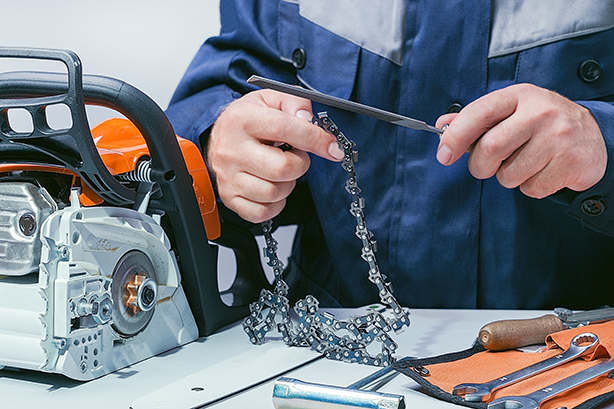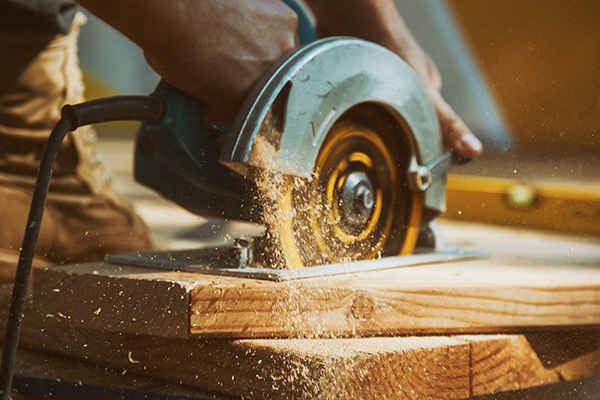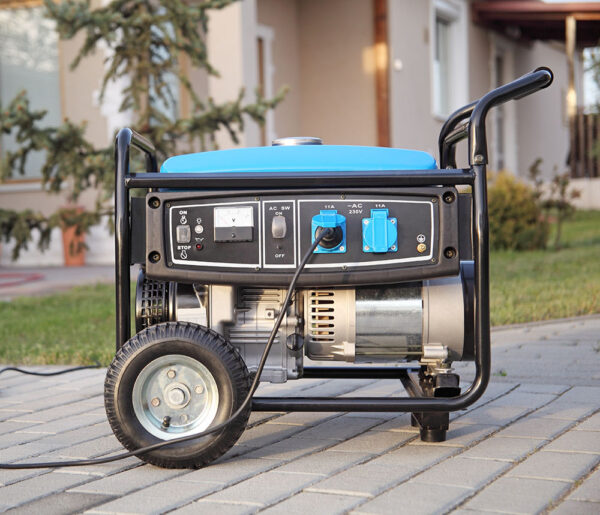Saw sharpening and saw maintenance are important parts of owning quality power saws. Many types of saws perform different functions and are used for different purposes. However, as far as engine-less tools go, no other tool cuts through grain, bricks, and even metal as a good sharp saw. But then again, no matter what saw you are using, those sharp teeth can as well take a bite off your fingers.
It is essential always to use your saw with care and keep it properly maintained. A well-maintained saw stays sharp and useful and can serve you for a longer period. At the same time, it also helps to keep you and other people around you safe when using these tools. Here are some surefire tips that should help keep your saw in good for longer periods.
Saw Sharpening & Maintenance Tips
Keep It Dry
Manufacturers advise their customers always to store their saws in a dry place when not using them. Remember, saws are also made using metal. Thus, they are also prone to rust if not properly stored. You can have them stored in a dry toolbox away from moisture to prevent them from rusting.
Lubricate the Blade
Always remember to lubricate the blade of your saw after each use. Gun oil, WD-40, or paste wax are some of the best lubricants for saw blades before storing them. Lubricating the saw blade also prevents it from rusting when not in use. Plus, it helps enable the blade to slide through the wood when cutting.
Oil the Handle
Some saws have wooden handles which can also trap moisture and dirt when not in use. To prevent this, periodically wipe a little boiled linseed on the handle to seal it from these elements. If you notice any rust starting to form where the handle attaches to the blade, ensure you take it apart and clean out the rust. Fine sandpaper or medium grade steel wool is excellent for removing stains and any rough finishes on the handle. Afterward, oil the handle to prevent it from rusting further.
Remove Blade Rust Using A Razor
Even the best-maintained saw blades can sometimes catch rust. When this happens, a razor can help. Safely remove the saw handle, lay the blade flat on a work surface, then scrape the rust off the blade using the razor. Use an up and down motion when scrapping the blade. You can then use medium steel wool or sandpaper to scrub any stubborn spots. Lastly, oil the handle area and the blade immediately to prevent it rusting further.
Sharpen the Saw
Sharpening a saw can help keep it in top shape and serve you for years. This process can, however, be challenging for beginners. But even so, it is well worth learning. All you need is a small triangular or diamond file that’s suited to the profile of the saw teeth you want to sharpen.
Ensure you file each tooth bevel. You may need to use more file strokes for very dull blades. Filing the blades also help to keep them level and the same length. Whether you have a circular saw or a hand saw, it’s important to care for the blade.
Sharpening saw blades also enable you to notice any bent or broken teeth. Sharpening these blades also helps to bend them back in shape, to the blade’s pattern.
Final Thoughts on Saw Sharpening and Maintenance
Sharpening and maintaining a saw isn’t an easy task. But do this right, and you should have yourself a quality saw with strong, sharp blades that serve you for a long time.







